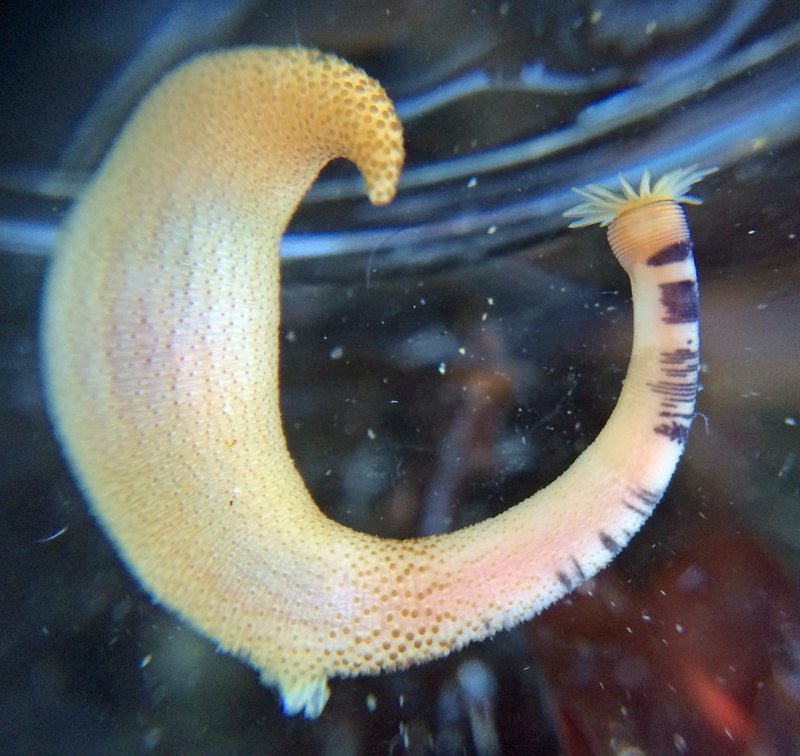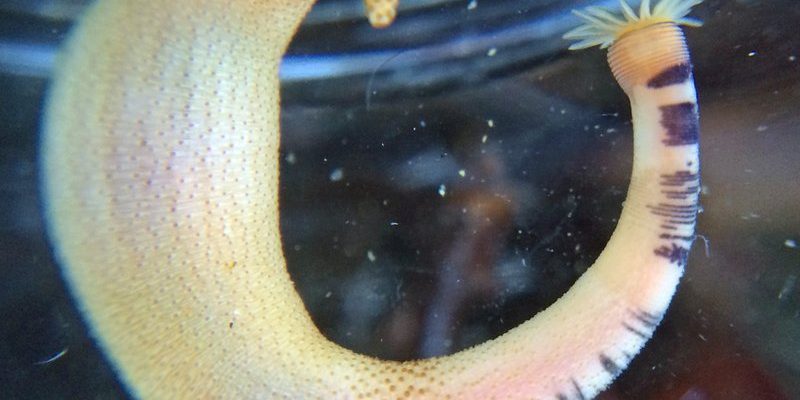
Field cameras are incredible tools that can capture the secrets of nature right before your eyes. Think of them like a wildlife documentary team condensed into a little box. For this adventure, we’ll be looking at how to use high-quality field cameras to document the behavior of peanut worms in their natural habitat. Brands like Bushnell and Reconyx offer great options that can help you get started. But how do you set them up and what should you look for? Let’s dive in!
What Are Peanut Worms?
Peanut worms, or *Sipuncula*, are unassuming marine creatures that live in sandy and muddy environments. They tend to burrow into the substrate, making them tough to spot. Their bodies are soft, shaped like a peanut, hence the name. These little guys play a significant role in marine ecosystems by helping to aerate the soil and recycle nutrients.
Here’s the thing: peanut worms are not just fascinating to look at; they also provide insight into the health of their environment. By observing their behavior and habitat preferences, researchers can gather valuable data on how ecosystems function. So, using field cameras can open a window into this hidden world, helping us understand more about these intriguing creatures.
Choosing the Right Field Camera
When it comes to documenting peanut worms, the right field camera can make all the difference. Here are some factors to consider when selecting one:
- Image Quality: Look for cameras with at least 12-megapixel resolution for crisp, clear images.
- Video Capability: A camera that can record video gives you more context about the worms’ behavior.
- Durability: Ensure your camera is waterproof and resistant to sandy environments, which are typical for peanut worms.
- Trigger Speed: A fast trigger speed will help you capture fleeting moments when peanut worms emerge.
Brands like Bushnell and Reconyx offer reliable options that would serve well in coastal environments. You might be wondering if there’s a significant difference between more expensive and budget-friendly models. Often, higher-priced models feature better battery life and are built to withstand harsher conditions, which might be worth the investment depending on your needs.
Setting Up Your Field Camera
Once you’ve chosen your field camera, it’s time to get it up and running. Here’s how to do it step-by-step:
1. Find the Right Location: Look for spots where peanut worms are likely to inhabit, such as sandy or muddy areas near the water’s edge.
2. Set Up Your Camera: Use a sturdy tripod or mount to secure your camera in place. Point it towards potential peanut worm burrows. Remember to angle it slightly downward for better visibility.
3. Adjust Settings: Set the camera to take a series of photos or video clips at intervals. A time-lapse feature can be particularly useful, allowing you to observe behavior over time without needing constant oversight.
4. Check Battery and Storage: Before you head out, make sure the battery is charged and there’s enough space on the memory card for a full day of observations.
Setting up your camera might feel a bit like preparing for a treasure hunt. You’re out there, excited for the unexpected moments you might capture.
Observing Peanut Worm Behavior
Now that your camera is set up, what should you look for when reviewing your footage? Peanut worms exhibit some really interesting behaviors:
– Emergence Patterns: Peanut worms often emerge at different times throughout the day. Watching and recording these patterns can provide insights into their feeding habits and activity levels.
– Feeding Behavior: If you’re lucky, you may capture footage of them feeding. They use a special organ called a tentacle to filter food from the water or sediment.
– Burrowing Techniques: Observing how they burrow and interact with their environment can reveal how they contribute to their ecosystem.
Reviewing the footage can feel like piecing together a story. You’ll get to know each worm’s personality, quirks, and habits—and it’s all unfolding right in front of you!
Data Collection and Analysis
After collecting your footage, it’s time to analyze the data. Here’s how to go about it:
1. Organize Your Footage: Create a system for categorizing videos and images based on time of day, weather conditions, and specific behaviors observed.
2. Look for Patterns: As you review the footage, take notes on behaviors you notice. Do they emerge more frequently during certain tides? Are there specific times when they’re more active?
3. Share Your Findings: If you’re part of a group or community interested in marine life, consider sharing your observations! Your insights could contribute to a larger understanding of peanut worms.
This process not only enhances your understanding but also enriches the scientific community’s knowledge about these tiny creatures.
Challenges and Troubleshooting
While documenting peanut worms with field cameras is exciting, you might encounter challenges along the way. Here are some common ones and how to tackle them:
– Camera Malfunctions: If your camera doesn’t turn on or is unresponsive, it may need a battery reset or firmware update. Always consult the user manual for troubleshooting tips.
– Poor Image Quality: If the footage is blurry, ensure the lens is clean and that the camera is properly focused. Also, check if the camera settings are adjusted correctly for the environment.
– Wildlife Interference: Sometimes other animals may trigger the camera. If this happens, consider repositioning it or using a more focused motion sensor setting.
Remember, every challenge is an opportunity to learn more about both the technology you’re using and the creatures you’re observing.
Documenting the behavior of peanut worms with field cameras can be a rewarding experience. Not only do you get to witness the unseen world beneath the sand, but you’re also contributing to our understanding of marine ecosystems. Choosing the right camera, setting it up properly, and taking the time to analyze your findings will help you uncover the mysteries of these remarkable creatures.
So, grab your field camera, head out to the shore, and start your adventure; who knows what fascinating behavior you might capture!

